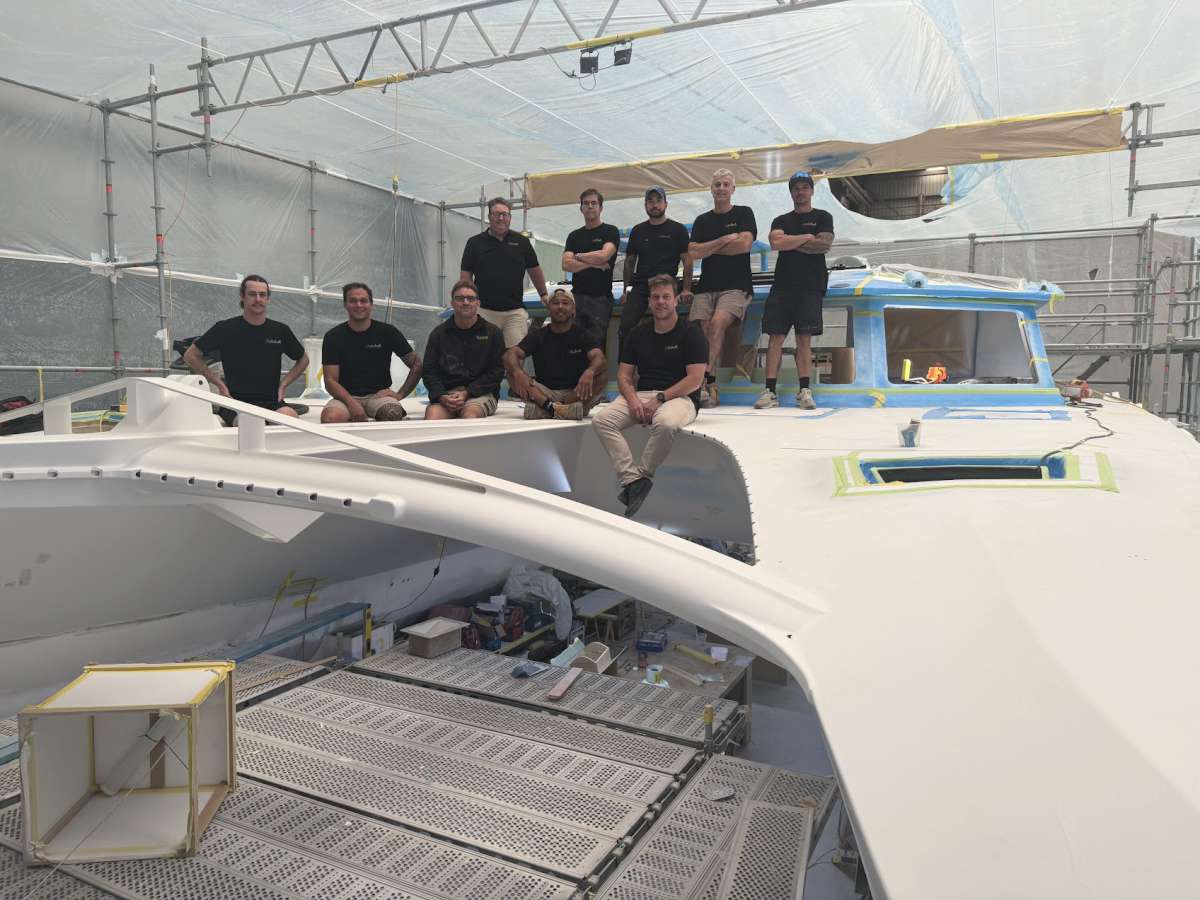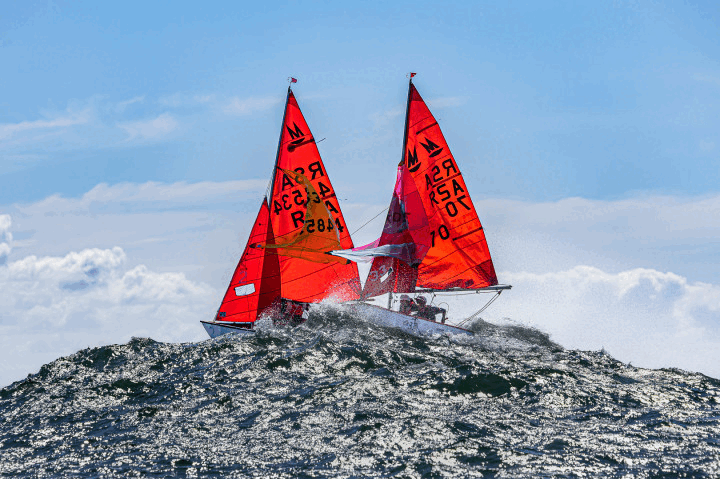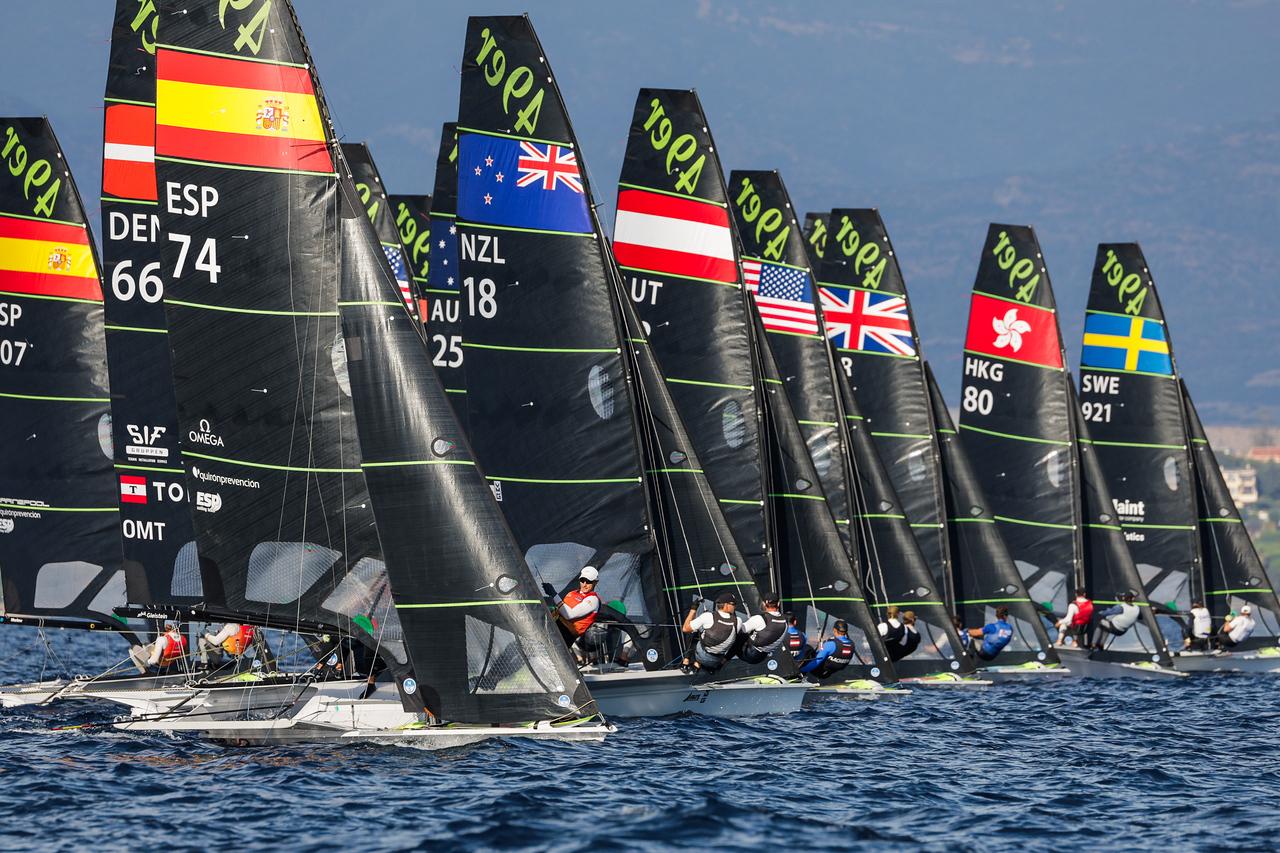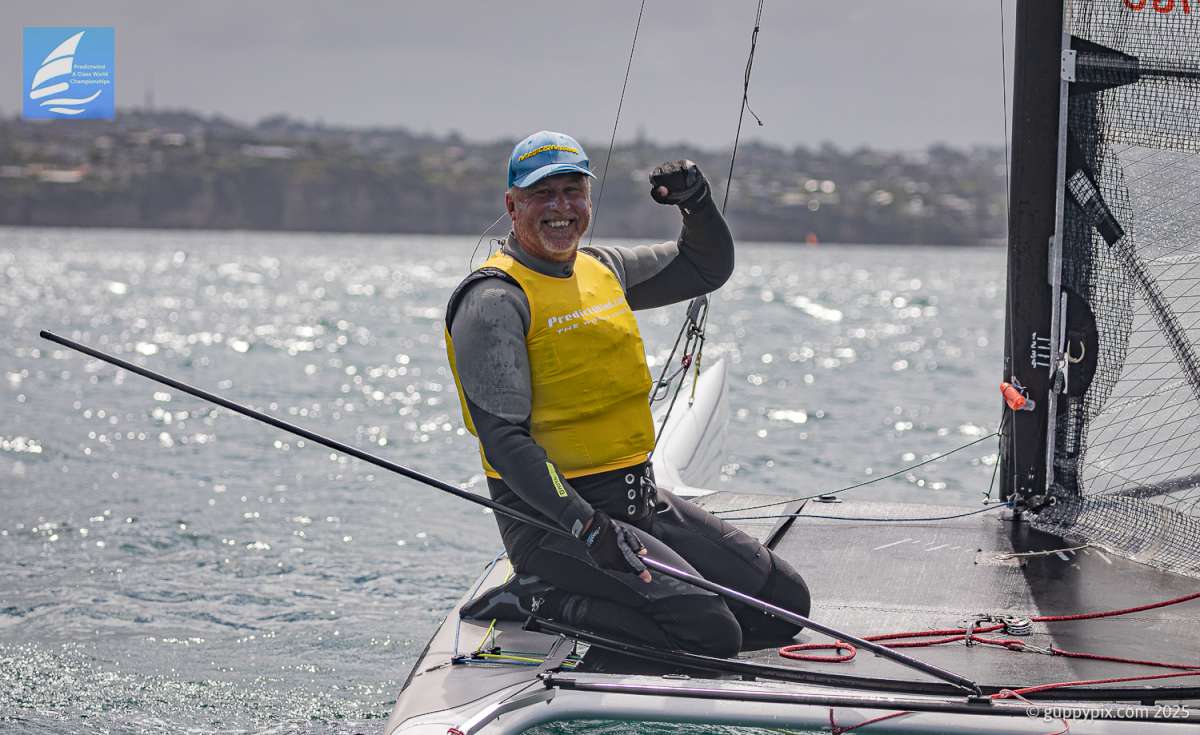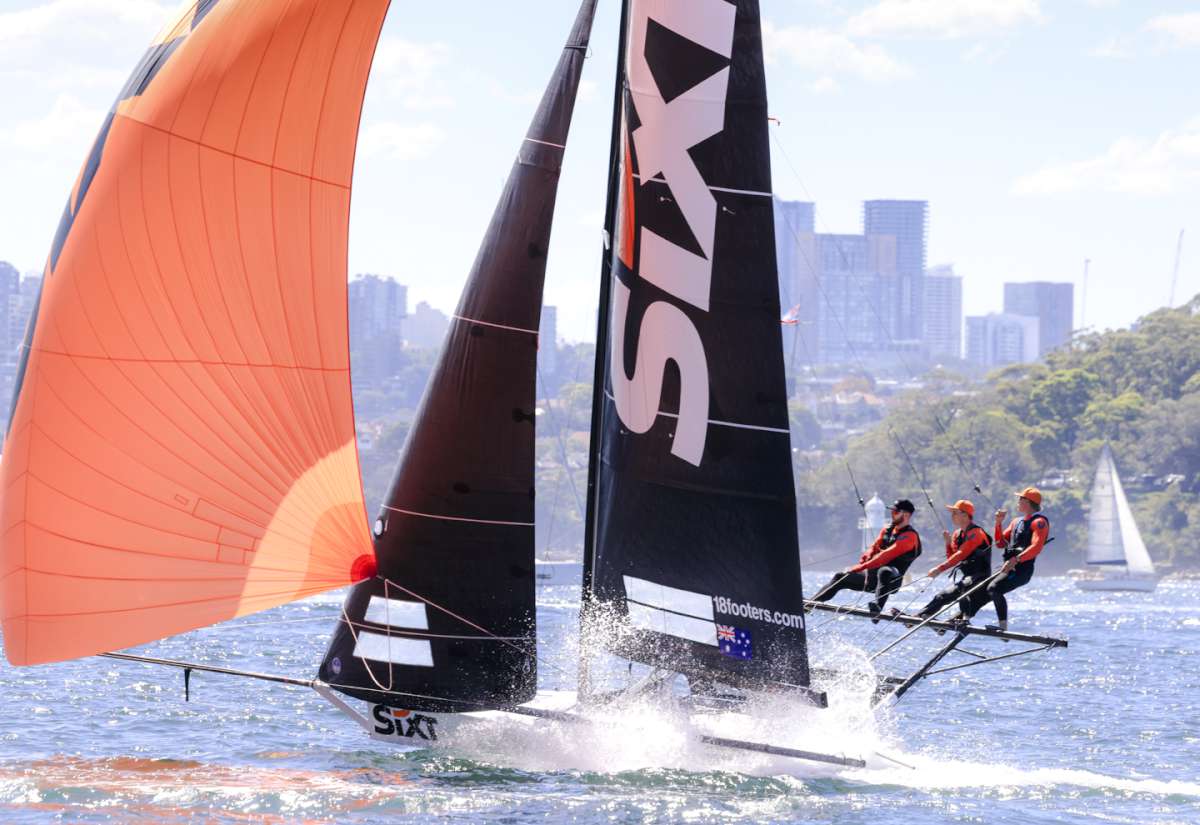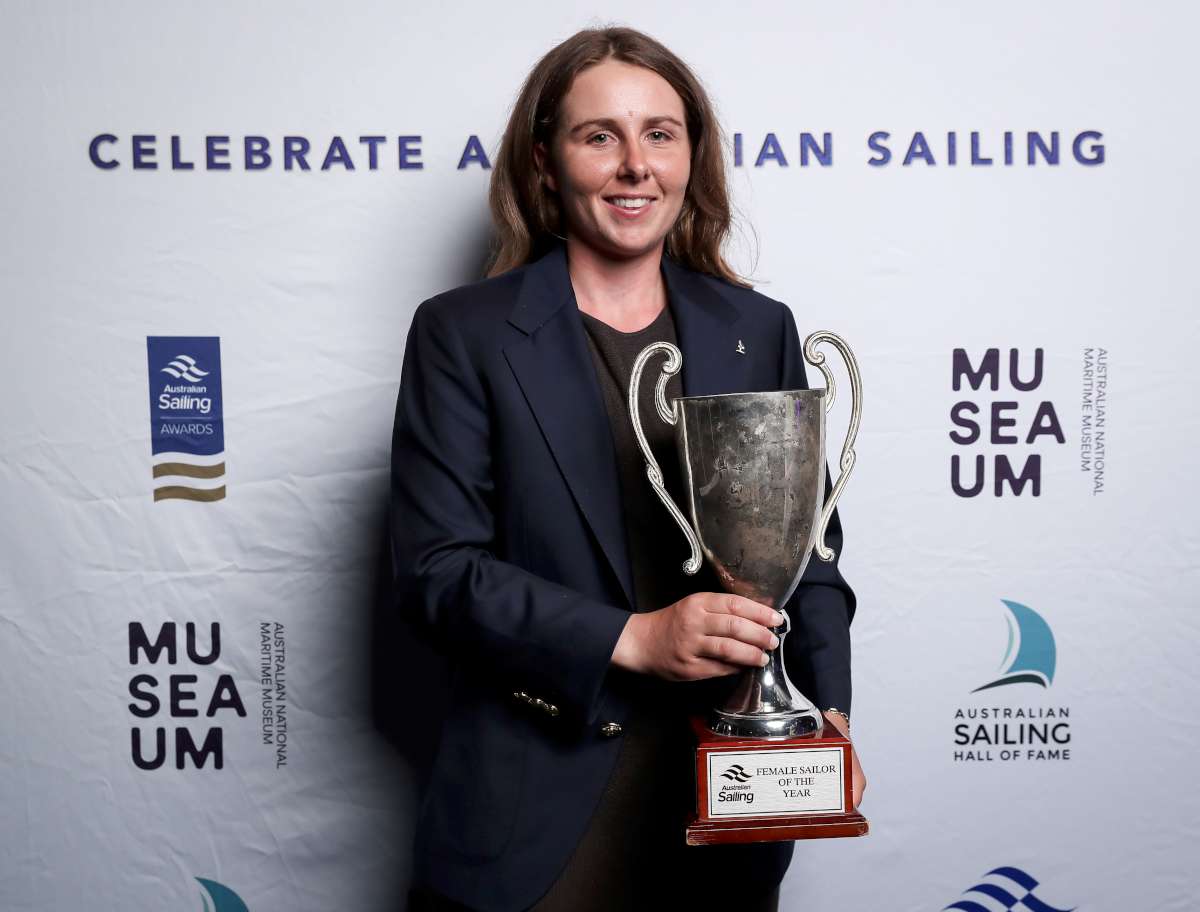PRACTICALITIES BY ANDREW BRAY
Compass technology has moved on, so understanding the underlying principles helps when choosing the best instrument for your boat.
Magnetic compasses remain essential equipment, but are often not the only heading reference system a yacht can use. Historically, the magnetic compass used for modern steering has come a long way from loadstones suspended by a hair, but magnetic compasses are still the primary heading reference used for most manual steering. They are cheap, reliable, independent of external power, and provided their limitations are appreciated, remain well suited to that task, even in the age of autopilots and GPS.
Marine compasses are liquid-filled to provide damping, and are available in various basic forms. For yacht steering, the unit must accommodate a significant heeling angle as well as keep its card horizontal and steady despite the normal pitching, rolling and yawing of a boat in a seaway. A larger compass is generally steadier, and may have finer graduations. Two or even one degree graduations and 10 degree numbering has advantages if the compass is sited where it can be used to take bearings for navigation. However, if a hand-bearing compass is used for that, then a steering compass card with graduations every five degrees, numbered every 30, is satisfactory.
Points to look for when selecting a steering compass are that the card doesn’t change heading when the compass is rotated quickly to a new direction, and that it is ‘dead beat’. This can be checked by bringing a magnet (or another compass) close enough to significantly deflect the card. When the magnet is quickly removed the card should swing directly back to its original heading, without any overshoot.
Most compasses now have top illumination, although the support for this and telescoping covers often obstructs viewing the card from forward. Removable covers and sub-card lighting avoid this, but in any case it’s useful to be able to dim this light, and access the bulb easily.
Quality compasses have a diaphragm that accommodates thermal expansion of the fluid, and do not contain a compressible air bubble. Glass domes aren’t damaged by sunlight (plastic eventually are) but all exposed compasses should have sun covers to protect the card.
Except near the equator, the earth’s magnetic field has a downward ‘dip’ component, that tends to depress the north point in the northern hemisphere, and the south in the southern, and more so at higher latitudes. Quality compass cards are generally counterweighted to remain approximately horizontal in a particular hemisphere and range of latitudes. Out-of-region flat-topped compasses may be virtually unusable, but even with domed compasses the tilted card may be difficult to view on some headings.
Magnetic compass limitations
Magnetic compasses have three significant limitations. First, they can only indicate the direction of the local magnetic north, which in most places is significantly different to the direction of true north, on which charts are based. This difference, called variation or declination, changes slowly over the years and must be allowed for when converting true courses to magnetic, and the correction reversed when magnetic bearings are plotted on charts.
Second, a magnetic compass responds to any local distortions of the earth’s magnetic field caused by nearby iron, magnets, or electrical currents. This is a particular problem on steel and ferrocement vessels, but most yachts have at least several degrees compass deviation on some headings, caused by the iron cylinder block of their engines, steel anchors, chains and so on. A deviation table (prepared by ‘swinging’ the compass) does allow it to be taken into account, but deviation changes with heading, so a desirable goal is to eliminate or at least minimise the deviation. Better quality steering compasses have small magnet pairs installed beneath that can be adjusted to ‘compensate’ the compass. You can attempt this adjustment yourself (programs such as C-Swing (www.pangolin.co.nz) may help), but if the yacht is steel or has serious deviation, or you also want to remove additional deviation that occurs only when the yacht is heeled, you’ll probably need the services of a professional compass adjuster.
The third main limitation is that magnetic compasses are purely visual analogue devices. Various methods are available to allow the card position to be detected for autopilot applications, but over the past 20 years these have been superseded by fluxgate compasses as far as most small craft are concerned.
Fluxgate compass
The fluxgate principle has been known for over a century, but only began to compete with magnetic compasses in autopilots in the 1980s.
Like magnetic compasses, marine fluxgates measure the local direction of the horizontal component of the earth’s magnetic field, and are prone to the same variation, deviation, and dip problems, and also contain components that need to be kept horizontal. The big difference between magnetic and fluxgates compasses is that the latter have an electrical output, which can be digitised, and electronically corrected for deviation and variation.
Deviation effects tend to be symmetric, and total zero around a full circle, so if the vessel is swung slowly through a couple of complete circles the fluxgate’s microprocessor can analyse results so as to allow for deviation. After this process autopilots are often able to change to a heading supplied to it electronically with an accuracy of a few degrees.
For steel vessels deviation compensation with magnets and soft iron balls is still possible with fluxgates, but because the sensor doesn’t have to be right in front of the helmsman, it’s often possible to find a location on board that has acceptably small deviation. There is less motion low down, but fluxgates are sometimes mounted a little way up a mast to get away from steel hulls.
Navigation software and autopilots now routinely make use of fluxgate information, and can display its damped version of the current heading. In conjunction with a GPS or even manually supplied approximate position information, fluxgate heading displays can also be automatically corrected for variation (from an internally stored database of global variation angles), so they indicate direction and accept courses in relation to true north.
There are some other very interesting fluxgate applications emerging, such as Autonic’s pendulous combined wind speed and direction sensor. This exploits fluxgate tilt sensitivity and can output apparent wind related to true or magnetic north, but for fluxgate heading sensors, tilting is a serious problem.
Fluxgate limitations
If a fluxgate sensor is tilted, it measures a combination of horizontal and vertical components of the earth’s magnetic field, and especially in higher latitudes where dip is strong, even a one degree tilt can cause a heading error of several degrees. So fluxgates too have internal gimbals or floating arrangements, and for most applications outputs are also quite heavily damped (mechanically with oil, and/or electronically by averaging) to even-out errors that would otherwise occur (gimbals aren’t perfect) due to normal pitching and rolling of the boat.
A damped fluxgate is satisfactory for most autopilot purposes, especially if the autopilot is following a GPS route and responding to cross track error data from a connected GPS. But even if the sensor is mounted low down near a boat’s centre of motion, heading errors are likely to increase in higher latitudes or in unusually rough weather, particularly on heeled sailing yachts.
Follow-up rate
The sluggish damped response of an ordinary autopilot fluxgate doesn’t suit it being used for hand-steering in rough weather or applications that need rapidly updated real-time heading inputs. This has become a practical problem as small craft owners try to take advantage of radar applications such as automated target tracking (ARPA or MARPA) and the overlaying of radar images on electronic charts and AIS displays. In a seaway, where a boat’s heading is forever changing, stale or inaccurate heading information twists and distorts the computed north-up radar display so it doesn’t align properly with north or the chart or GPS data. Similarly, targets can’t be properly tracked if heading errors create confusing apparent changes in target bearings. The critical characteristic here is what is termed the follow-up rate, meaning the rate of yaw or turning the heading sensor can keep up with, measured in degrees per second.
Solid state gyros
It’s important to appreciate the distinction between something that senses rotational velocity, variously called a gyroscope, gyro, rate gyro, or a rate sensor, and a gyrocompass. The latter employs gyroscope components to detect the earth’s rotation axis, and from that infer the direction of true north. For small craft the more immediately relevant device is the solid state gyro, based on an electrically vibrated piezoelectric element (also termed quartz or ceramic gyros). Rotation causes secondary vibrations (due to the Coriolis effect) which can be measured and used to calculate rotation rate. These small, sensitive and relatively inexpensive sensors are finding many applications, providing outputs that in the marine area can be used to stabilise satellite tracking dishes, binoculars and heading sensors, for example, and, of course, roll stabilisers, too.
Rate compensated fluxgates
Autopilots were one of the first marine applications for piezo gyros, but were initially just used to provide supplementary, un-damped information about rapid yawing movements, so the pilot can react to them quickly, while allowing the fluxgate itself to remain heavily damped.
More recently though fluxgates are integrated with additional rate gyros so the fluxgate output can be continuously and automatically compensated for tilt and yaw induced errors. This allows the damping to be reduced, and renders the fluxgate accurate and responsive enough to be used for purposes such as radar overlays under rougher conditions.
Several firms now offer stand-alone rate or gyro-compensated fluxgates that transmit accurate (+/- 1 degree or better) heading data in NMEA or other formats. These operate at 10 times a second (e.g. Furuno’s PG500 sells for around $US800 with 25 deg/sec) and KVH’s Autocomp 1000 is roughly $US400.There are also dedicated fluxgate displays such as Furuno’s RD30, which allow the helmsman to see a true course.
Fluxgates are by no means the only electronic system for detecting the earth’s field. Hall effect sensors are used in robotics, and there are digital compasses based on the magnetorestrictive effect. Such sensors are already used in some compass watches, and may become important in the future, but at present the new kid on the block doesn’t detect magnetic fields at all.
GPS compass
An ordinary GPS receiver outputs COG (course over ground) which is not the same as the heading if there is any current or leeway present, and even COG is relatively inaccurate over short intervals or when the vessel is moving slowly or turning. When a vessels yaws in a seaway, ordinary GPS COG heading information, like that from ordinary fluxgates, is too sluggish to work satisfactorily with radar overlays or MARPA.
A GPS compass, on the other hand, is based on analysing phase differences (equal time, and distance differences) in carrier signals received from individual GPS satellites at two or more antenna locations. The direction to each satellite is accurately known, so the true orientation of the antenna array on the boat can be calculated from differences in their ranges from several satellites.
Like ordinary GPS receivers, GPS compasses employ Kalman filtering, which is a mathematical method of correcting current data taking into account an estimate based on previous data. To improve accuracy during rapid turns. GPS compasses such as Furuno’s SC50 (<$US4k) also use a piezo gyro, which allows accurate heading output (updated 20 times per second) even if satellites are lost for several minutes. These systems also output accurate GPS position and navigation data, and being unaffected by steel, particularly suit ships, which otherwise tend to use gyrocompasses.
Gyrocompass
Gyrocompasses detect the direction of the earth’s axis of rotation directly, and output the vessel’s heading (and pitch and roll data) in relation to true north quite independently of the earth’s magnetic field. Modern versions of traditional electro-mechanical gyroscopes with digital outputs still require expensive servicing, and cost upwards from about $US15,000. Various types of gyro, gravity, and acceleration sensors are also used in so called ‘Inertial’ navigation systems. These are often installed as backups in aircraft, and it seems likely that 2-D versions for surface navigation will become available as back-ups to GPS, especially if GPS compasses, which are much cheaper that gyrocompasses, become widely adopted.
Conclusion
Most yachts already have fluxgates associated with an autopilot, and in the future many will have gyro stabilised fluxgates and perhaps GPS compasses associated with radar overlays. None of this detracts from the importance of having a good quality magnetic compass, corrected for deviation. It will work when all else fails, costs nothing to run, and even massive deviation induced by a lightning strike won’t wreck it, if you can use sunrise/sunset bearings to find the deviation.
Emergency back-up
For those without celestial navigation skills (with which it’s easy to calculate the bearing of sun, moon, planets and stars at any time), a table of the true bearing of sunrise and sunset for different dates and latitudes is worth carrying as an independent way to check for compass errors (search the web for ‘true-bearing-sr-ss.pdf’). C-Swing gives sun bearings for any time, and there’s a sun compass program that runs on palmtop computers.
Acknowledgements
In researching this article, I benefited from many sources, but particularly acknowledge technical insight provided by staff at www.autonnic.com (UK, who develop and supply fluxgate components) and www.pertec.co.za (South Africa, suppliers of a wide range of navigation equipment for anything from supertankers to small craft).




